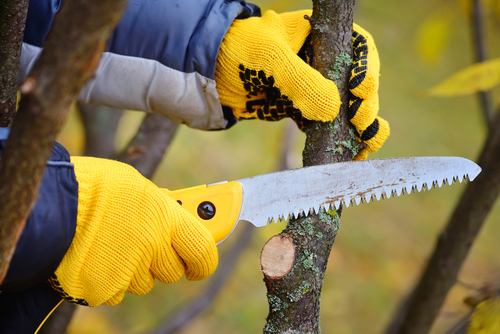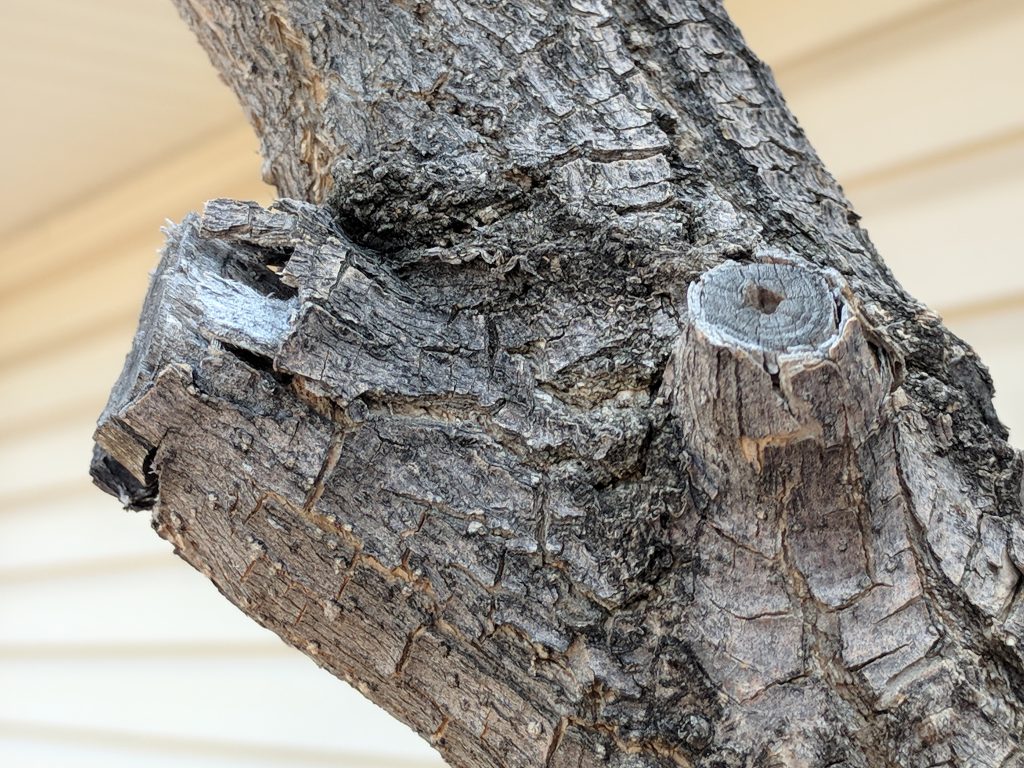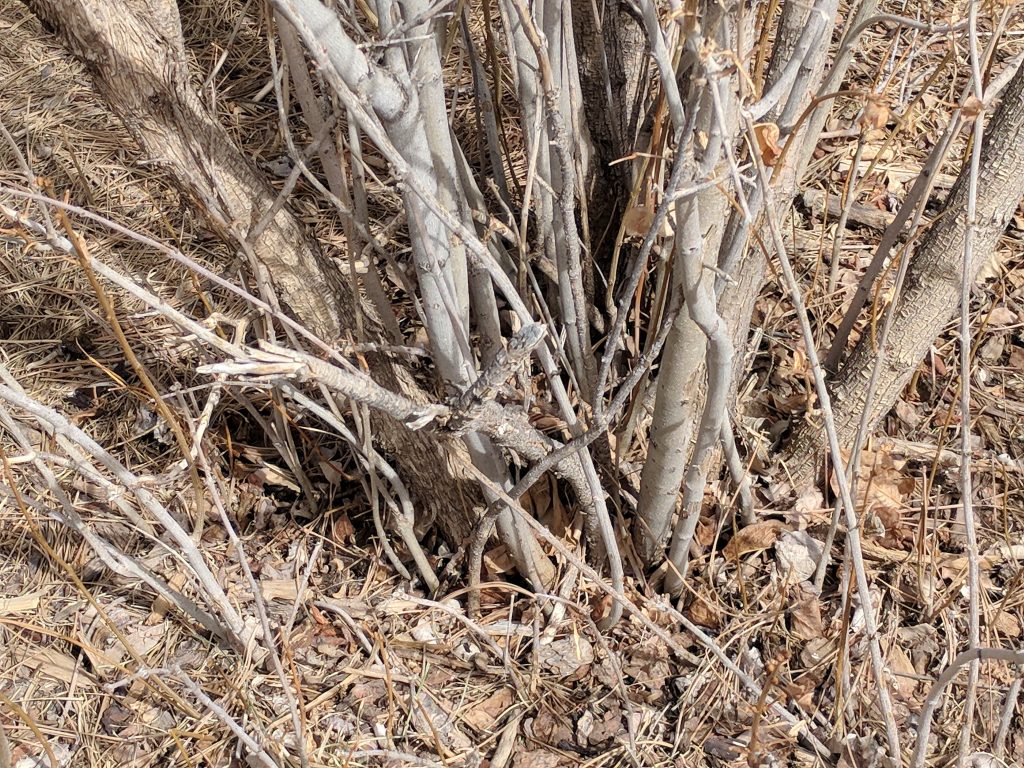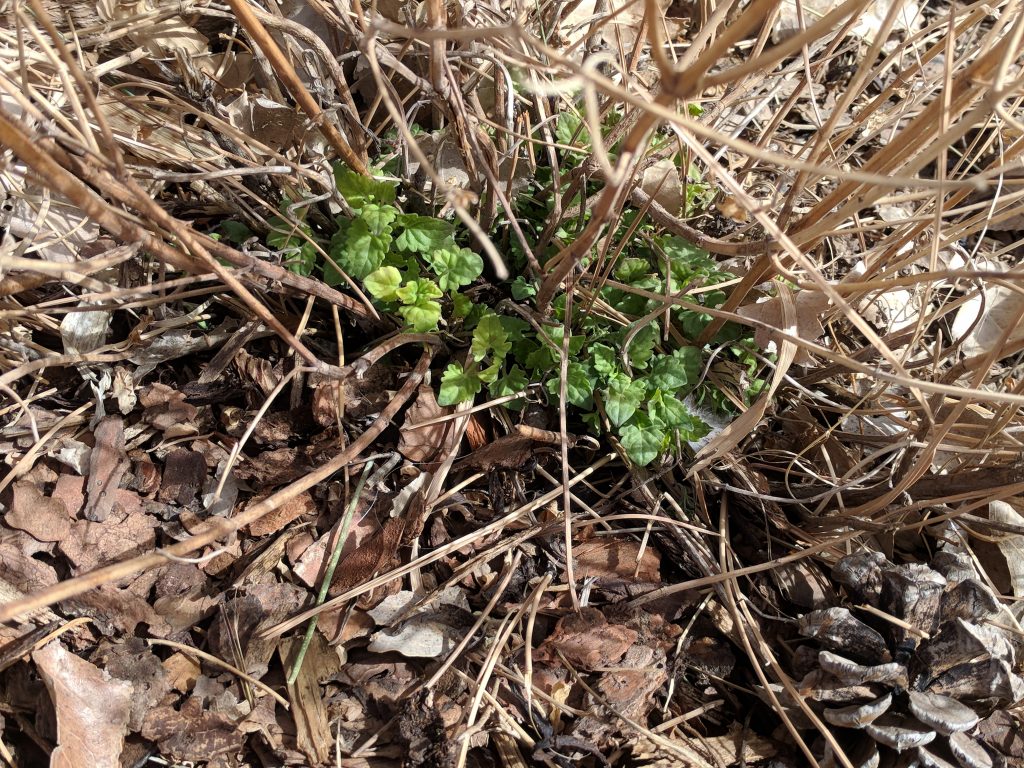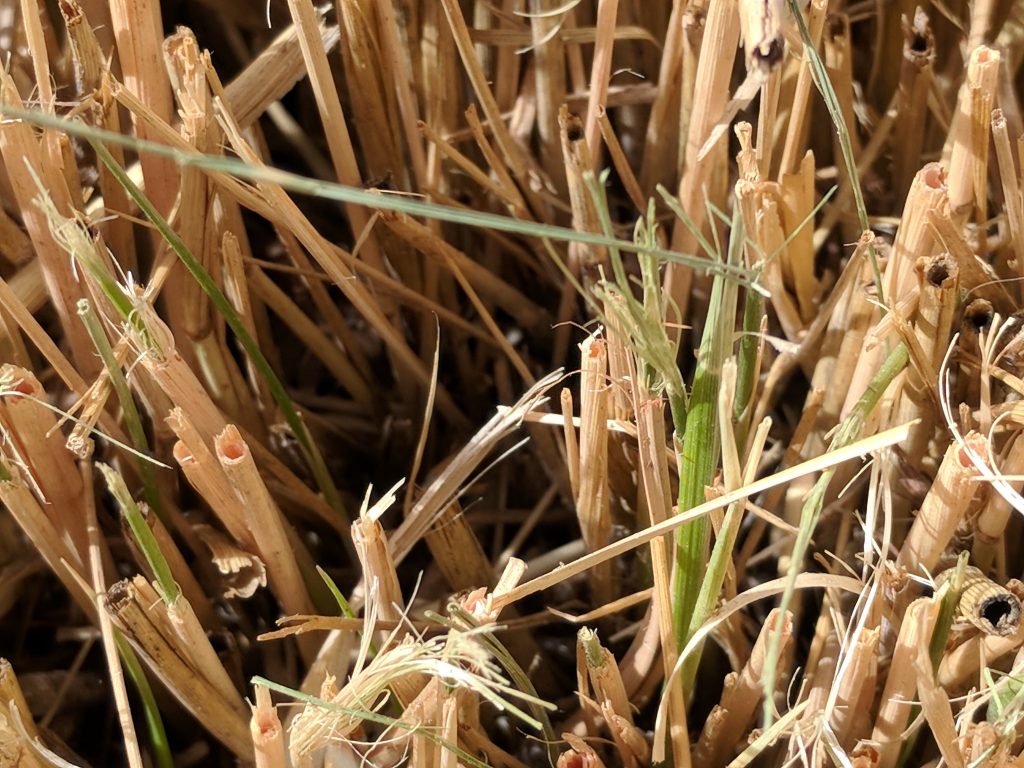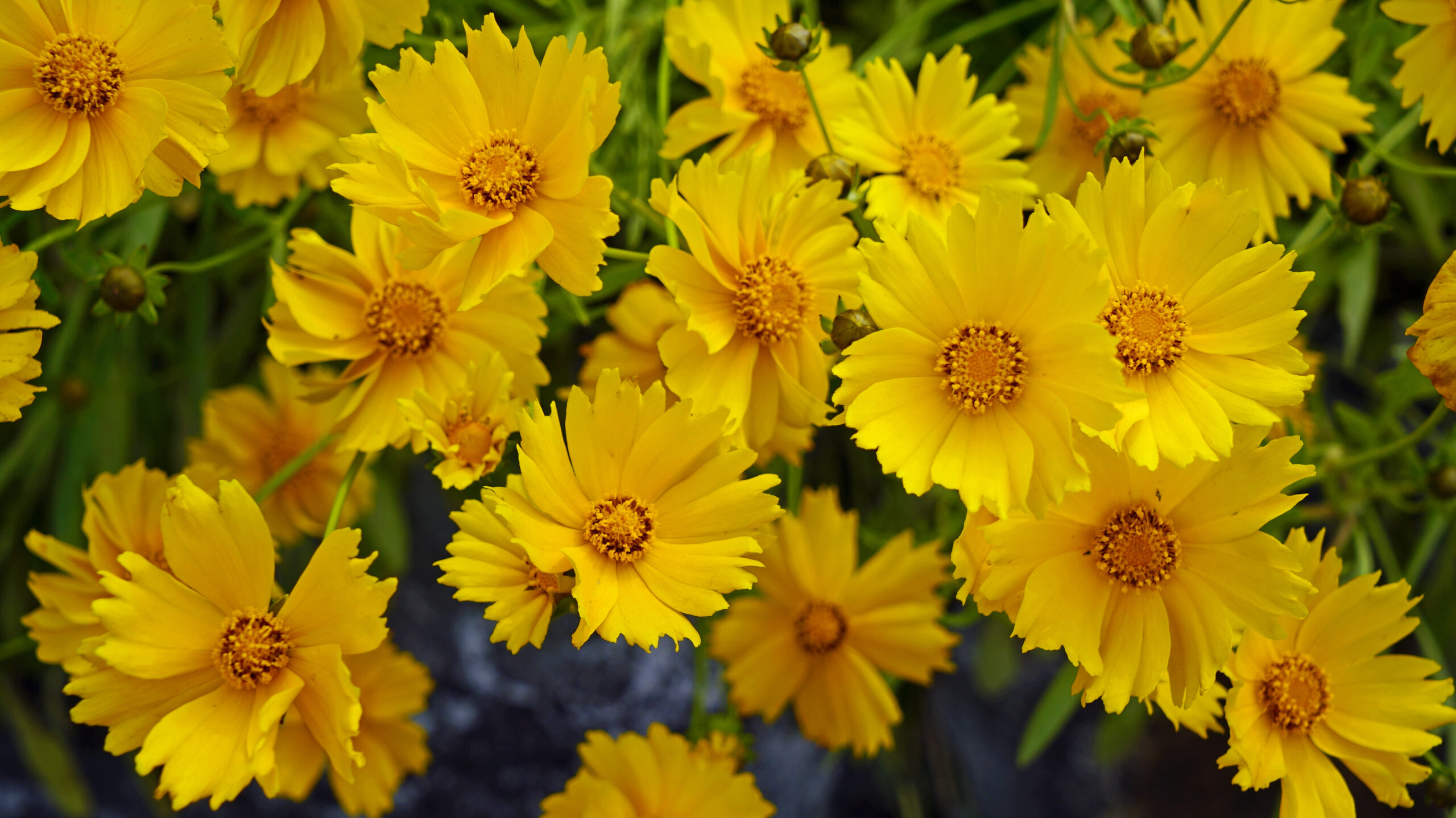Pruning can be intimidating, especially for newbie gardeners. While now is a great time to prune certain plants, it’s very much the wrong time to prune others. So let’s take a look at some of the do’s and don’ts of pruning and cutting back plants this time of year. If you want to learn more about pruning tips and techniques, check out our free class on “Tree and Shrub Pruning 101” this coming Saturday, March 17, at Tagawa Gardens.
We love our trees and shrubs
Whether it’s a heavy spring snow or a plant that’s grown too big, it’s always painful when we have to cut away big branches from our favorite trees or shrubs.
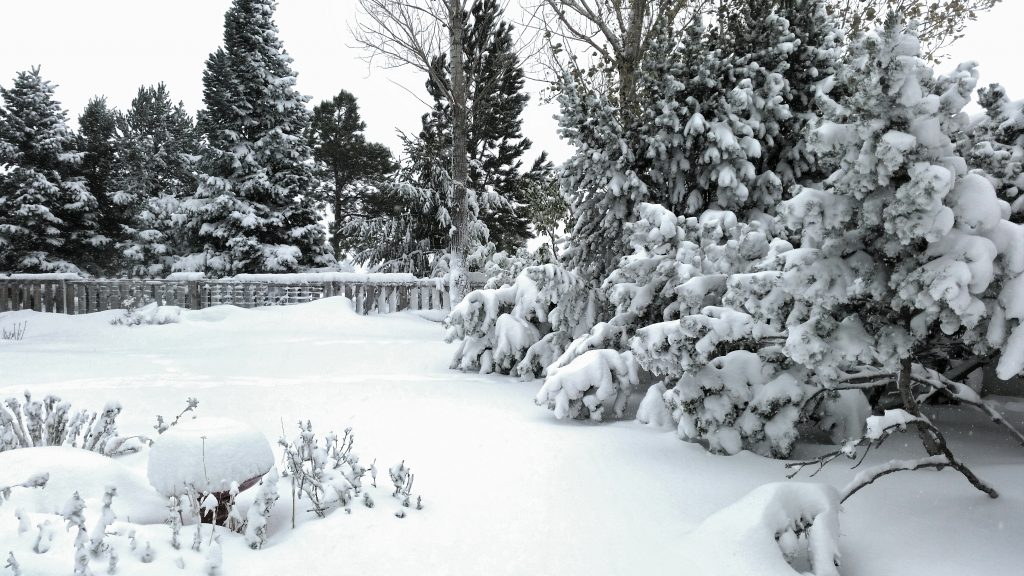
Pruning out damaged, diseased or dead wood should be done any time. But a lot of gardeners save the bulk of their more routine pruning chores for spring.
Pruning large limbs that are big enough and high enough to require use of a ladder can be dangerous, and may be best handled by a professional. But for those who feel up to the task, take a look at this diagram.
Start by finding the branch “collar.” This is a thickened area of bark where the branch to be removed meets a larger branch or the tree’s trunk. Pruning cuts should be made at a slight angle 1/4″ outside the collar.
To keep a heavy branch from stripping the bark on the trunk when it falls, make the first cut on the underside of the branch being removed, about six inches away from the collar, to eliminate most of the weight. Then make the final cut as the diagram illustrates.
Making the cut in the right place will encourage the tree to seal the pruning scar over time.
Branch stubs that are left too long will never seal over, and will be unsightly forever.
Moving on to the shrubs
There’s a simple rule that applies to pruning shrubs, and it’s all about timing. Shrubs that bloom early in the season, say in April or early May, set their flower buds within just a few weeks of when that season’s blossoms faded. These shrubs include lilacs, forsythia, honeysuckle, certain types of spirea and viburnum. These should be pruned in mid-spring, as soon as the flowers are past their prime.
Many flowering shrubs can be given a heavy rejuvenation pruning now without losing all of this year’s flowers.
I have a small lilac that definitely needs some attention. The stems at its base are dense and twisted. I can cut out one-third of the oldest branches to encourage new growth and still have a spring show of blossoms on the branches I leave. Removing the oldest one-third of the branches every year will help keep the shrub strong and full of flowers.
And as for the perennials…
Most of the garden clean up that needs to be done now focuses on our herbaceous perennials… the plants that have top growth that dies back to the ground. In my garden, I leave most of that top growth in place over the winter. I think it’s pretty with a covering of snow and is a lot more interesting to look at than beds full of nothing but stubble.
These plants tell us when they’re ready for pruning back by sending up new green growth at their base. This agastache, or hyssop, is already coming out of dormancy. I just need to trim the dead stems back right above the new foliage.
Don’t let your ornamental grasses sneak up on you!
One of the best reasons to grow ornamental grasses is to enjoy their “winter interest.” I always groan when I see any of these beautiful plants given a buzz cut in the middle of winter. Such a waste!
But with the arrival of spring, a trim is in order. If you wait too long, the plants’ new growth will be up and going before you know it!
Trim the grasses back to about eight inches tall when you see the new shoots emerging. Combing through the old growth with a gloved hand or a small hand rake will remove the dead shoots and open up the crown of the plant for new growth.
If you have questions about how and when to prune trees, shrubs or perennials in your garden, feel free to stop by Tagawa Gardens for advice. Smartphone pictures are always helpful!
While pruning can be challenging, it’s also a cause for celebration, since it means that spring has come back at last!
